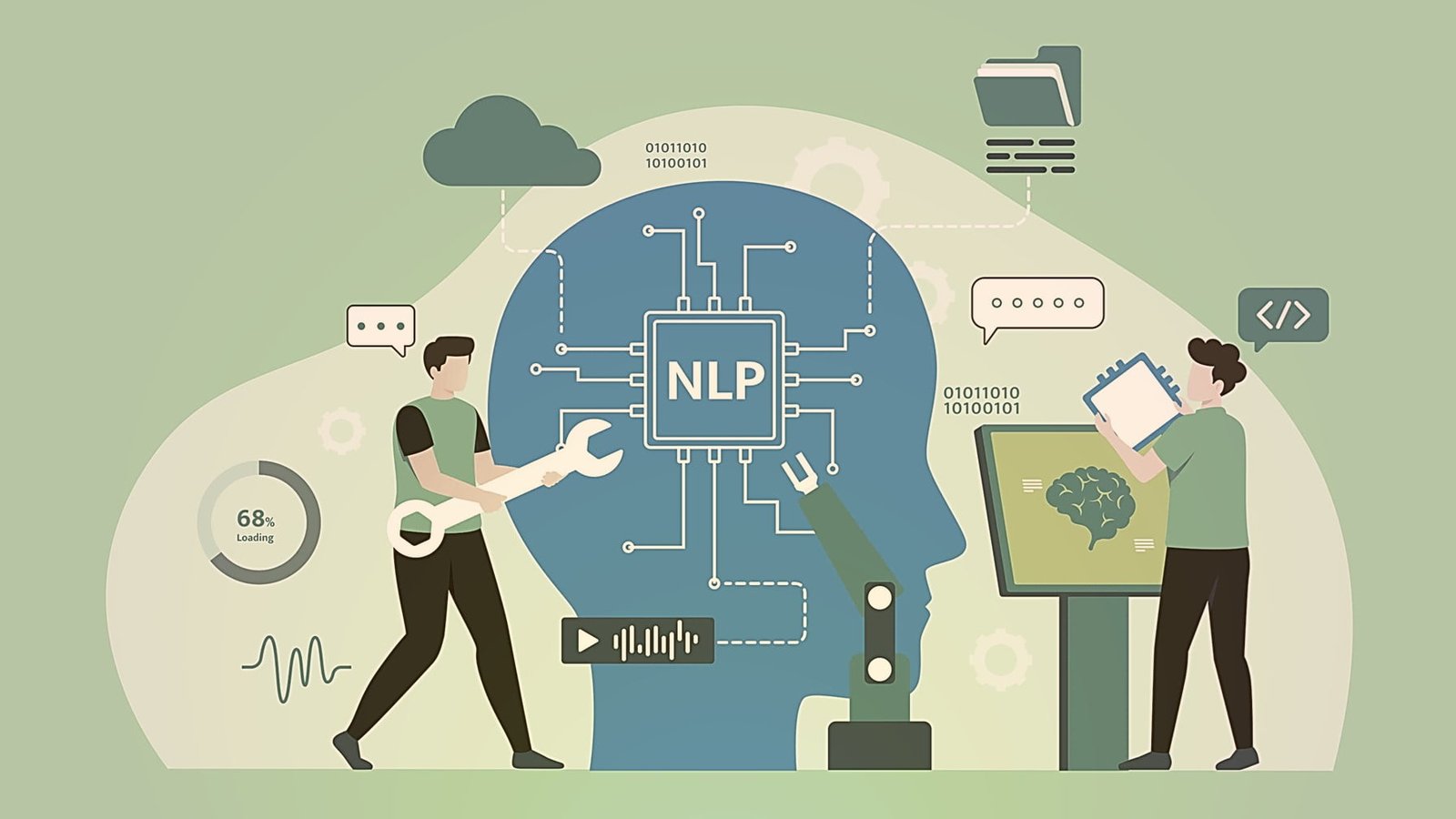In today’s digital age, data is everywhere. But it’s not just about collecting information – it’s about using it smartly. That’s where data analytics comes in. It’s like having a superpower that helps you understand your business better and make smarter decisions. Let’s explore five ways data analytics can transform your business strategy (data analytics in business) and give you a competitive edge.
Understand Your Customers Better
What it is: Data analytics helps you dig deep into who your customers are, what they like, and how they behave.
Why it matters: When you truly understand your customers, you can serve them better, keep them happy, and even predict what they might want next.
How to do it:
- Collect data from various touchpoints (website visits, purchases, customer service interactions)
- Use analytics tools to spot patterns and trends
- Create detailed customer profiles or segments
Example: A clothing retailer noticed through data analysis that customers who bought running shoes often came back within three months to buy new workout clothes. They used this insight to create targeted email campaigns, offering workout gear to recent shoe buyers, resulting in a 15% increase in follow-up sales.
Optimize Your Operations
What it is: Data analytics can help streamline your business processes, making them more efficient and cost-effective.
Why it matters: Improved efficiency means reduced costs, faster delivery times, and happier customers – all of which contribute to a healthier bottom line.
How to do it:
- Analyze data from different departments (production, logistics, customer service)
- Identify bottlenecks or inefficiencies
- Use predictive analytics to forecast demand and optimize inventory
Example: A manufacturing company used data analytics to predict machine maintenance needs. By implementing predictive maintenance, they reduced unexpected downtimes by 30% and extended the life of their equipment, saving millions in repair and replacement costs.

Make Data-Driven Decisions
What it is: Instead of relying on gut feelings or assumptions, use concrete data to guide your business decisions.
Why it matters: Data-driven decisions are often more accurate and less risky, leading to better outcomes for your business.
How to do it:
- Implement a centralized data management system
- Train your team on data interpretation and analysis
- Use dashboards to visualize key performance indicators (KPIs)
Example: A restaurant chain was considering expanding to a new location. Instead of just guessing, they analyzed foot traffic data, local demographics, and competitor information. This data-driven approach helped them choose a location that became one of their most profitable outlets within a year.
Personalize Customer Experiences
What it is: Use data to tailor your products, services, and marketing to individual customer preferences.
Why it matters: Personalization can significantly improve customer satisfaction, loyalty, and ultimately, sales.
How to do it:
- Collect and analyze customer behavior data
- Use machine learning algorithms to predict preferences
- Implement personalization across various touchpoints (website, email, app)
Example: An online streaming service uses viewing history data to recommend shows and movies to its users. This personalized approach has led to increased viewing times and lower subscription cancellation rates.
Identify New Opportunities
What it is: Data analytics can help you spot emerging trends, untapped markets, or new product ideas.
Why it matters: Staying ahead of trends and continuously innovating is crucial for long-term business success.
How to do it:
- Analyze market trends and consumer behavior data
- Use social listening tools to track industry discussions
- Conduct regular data-driven market research
Example: A soft drink company noticed through social media analytics that there was growing interest in low-sugar, natural energy drinks among health-conscious millennials. They used this insight to develop a new product line that quickly gained market share in this emerging category.

Getting Started with Data Analytics
Ready to harness the power of data analytics in your business? Here are some steps to get you started:
- Define your goals: What specific business questions do you want to answer?
- Assess your data: What data do you already have, and what do you need to collect?
- Choose the right tools: There are many analytics tools available, from simple to advanced. Pick ones that fit your needs and skill level.
- Build your team: Consider whether you need to hire data analysts or train existing staff.
- Start small: Begin with one area of your business and expand as you gain confidence and see results.
Remember, implementing data analytics is a journey, not a destination. It’s about continuously learning and adapting based on the insights you gain.
Conclusion
Data analytics isn’t just for big tech companies or data scientists. Businesses of all sizes can use these powerful tools to gain valuable insights, make smarter decisions, and stay ahead of the competition. By understanding your customers better, optimizing operations, making data-driven decisions, personalizing experiences, and identifying new opportunities, you’re setting your business up for long-term success in our data-driven world.
So, are you ready to revolutionize your business strategy with data analytics? It might seem daunting at first, but remember – every data-driven success story started with a single step. Why not take yours today?
Have you used data analytics in your business? What surprising insights did you uncover? Share your experiences in the comments below – let’s learn from each other’s data adventures!





One thought on “Analytics in Business: Revolutionize Your Business Strategy”